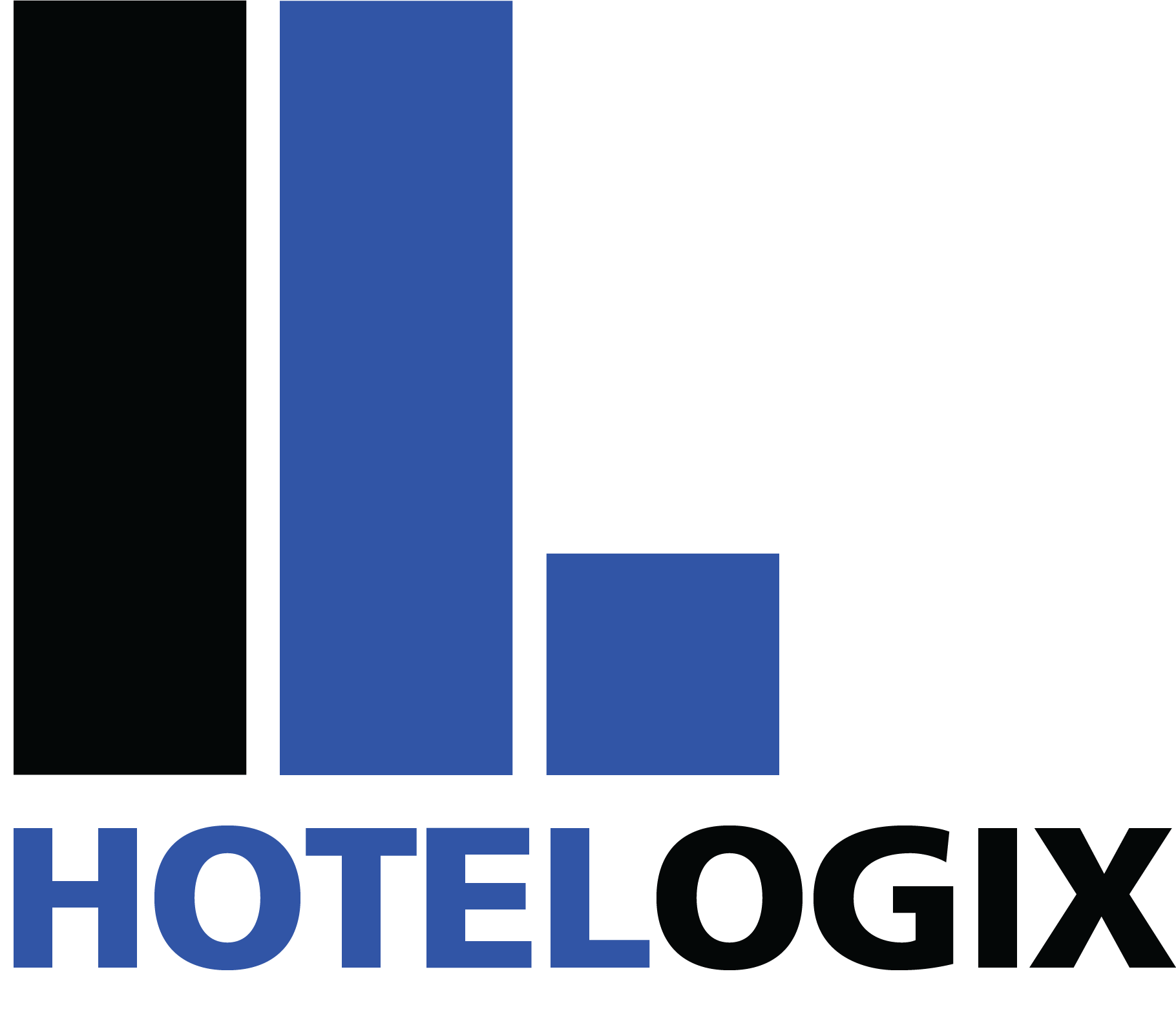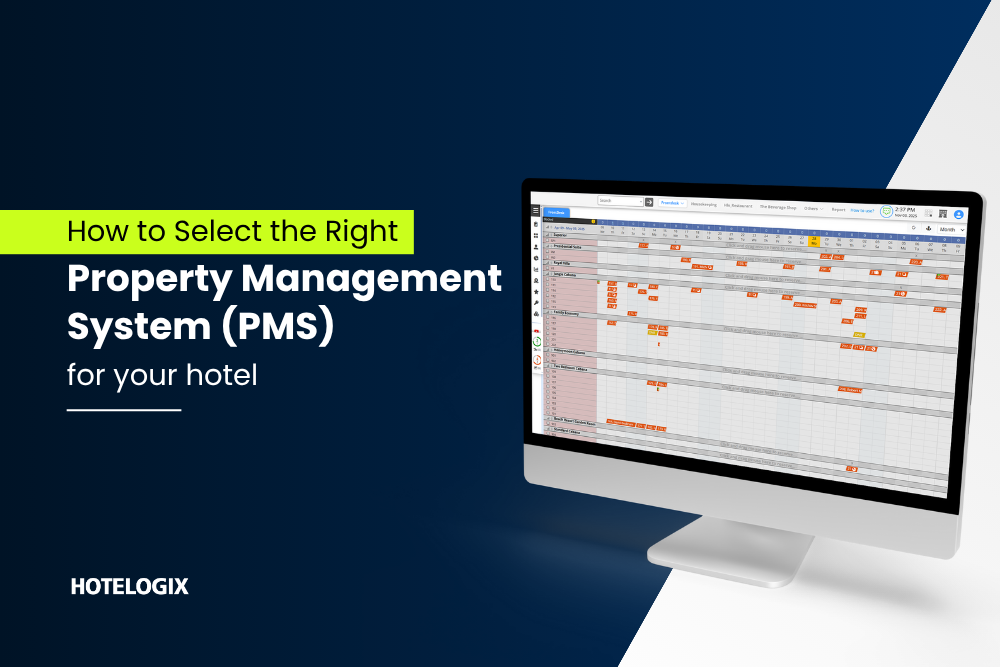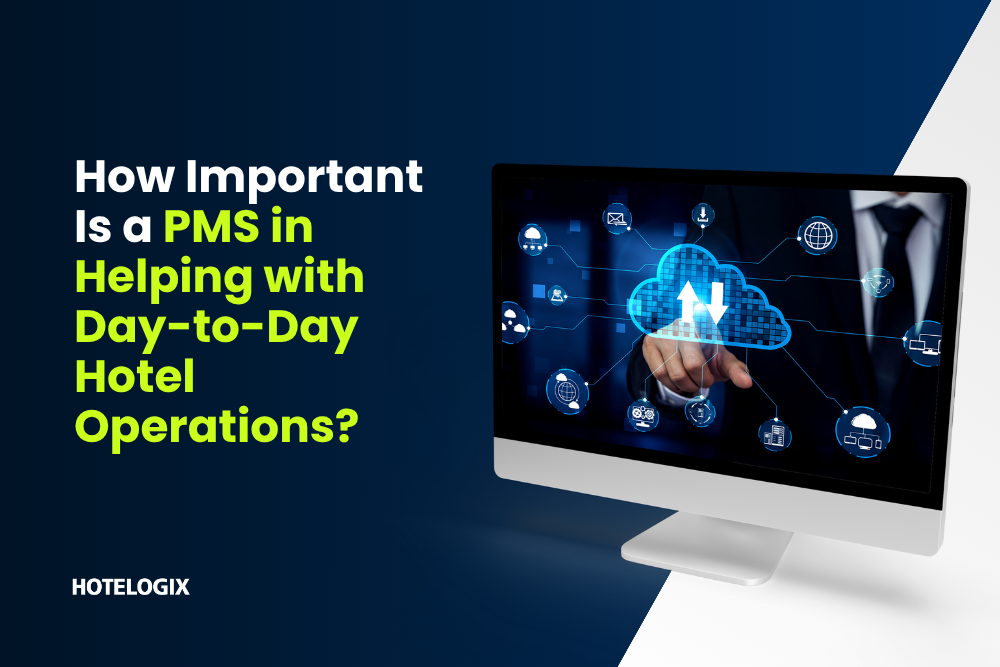Online distribution has become the norm for hospitality in the 21st century – over 80% of travelers plan their travel and book rooms on the internet today. Hotels have been aware of this growing emphasis on online platforms for a while now. In fact, the majority of properties today prioritize the internet as their primary source of bookings!
There are a number of reasons the online model is so popular but most importantly, it simplifies things for the guests. That’s the secret sauce for success in hospitality – optimizing the guest experience, even before pre-arrival!
The only downside to the internet’s dominance is the increased competition. Indeed, sales platforms are so cluttered with inventory today that it’s extremely hard for independent hotels to stand out.
That’s where the cloud-based PMS comes in – cloud technology enables hoteliers to harness the power of the internet and go head-to-head and challenge the biggest properties in the area.
To understand how, we need to go a little further back to the early days of property management. Pencils and paper would essentially make up the management tools available to these early hoteliers, and as technology advanced, in-premise property management systems (PMS) earned a reputation for their streamlined management capabilities. However, as the internet was yet to come into existence, in-premise systems were designed to focus on the GDS network as all bookings then were made offline.
The birth of the internet was a massive disruption for in-premise or legacy technology. Within years, online agencies had popped up around the world and more and more bookings were beginning to come in from these online platforms. Outdated technology like legacy systems were built specifically to connect to the GDS platform, and had to be upgraded with third party software to accept online bookings.
But even this was not good enough. Online platforms were growing in number and within no time, hotels had dozens of channels to sell their inventory on. Unfortunately, multiple channel integration was simply beyond the capacity of in-premise systems. In fact, hoteliers often ran into issues with overbooked rooms as the system could not update inventory in time. This inhibited hotels from utilizing all platforms to their maximum capacity for fear of running the risk of having to turn away guests.
Built within the ‘internet era’, cloud PMS technology proved to be a game-changer for every industry. Unlike their in-premise counterparts, the cloud was specifically built to prioritize the newly emerging, online marketplace. It was designed to use the internet to optimize business.
Hotels could now connect to multiple distribution networks and accept bookings from OTAs, their own web booking engine, travel search engines, and even the offline bookings that continue to trickle in. And they could update rates and inventory in real-time, eliminating any possibility of encountering double-bookings.
Cloud technology didn’t just open up whole new possibilities for hoteliers, it magnified the reach of the industry as a whole! In-premise systems demanded heavy expenditure for their continuous maintenance and upkeep, rendering them inaccessible to the majority of hotels. The cloud pulled down all these barriers to accessibility, enabling independent hotels to utilize the same enterprise-level tools utilized by the larger brands. The allowed small and mid-sized properties to go head-to-head with the international multi-property chains.
Cloud Technology is truly empowering hospitality, and hoteliers not on the platform should consider adoption as soon as possible in order to truly appreciate the benefits of 21st century hoteliering!
—






